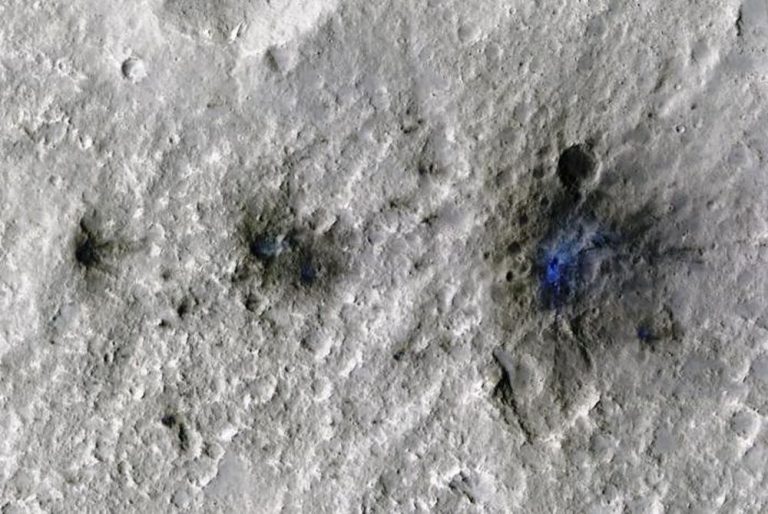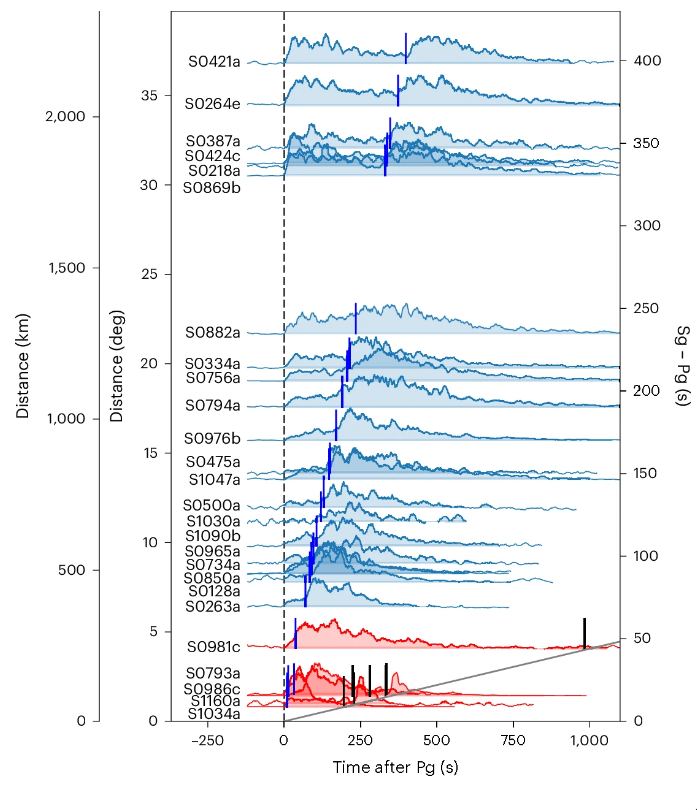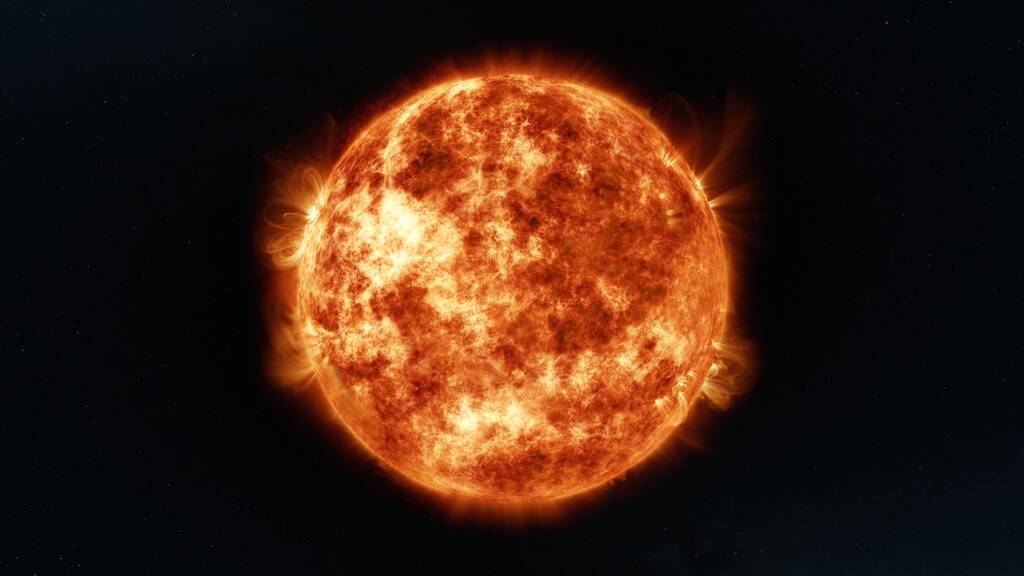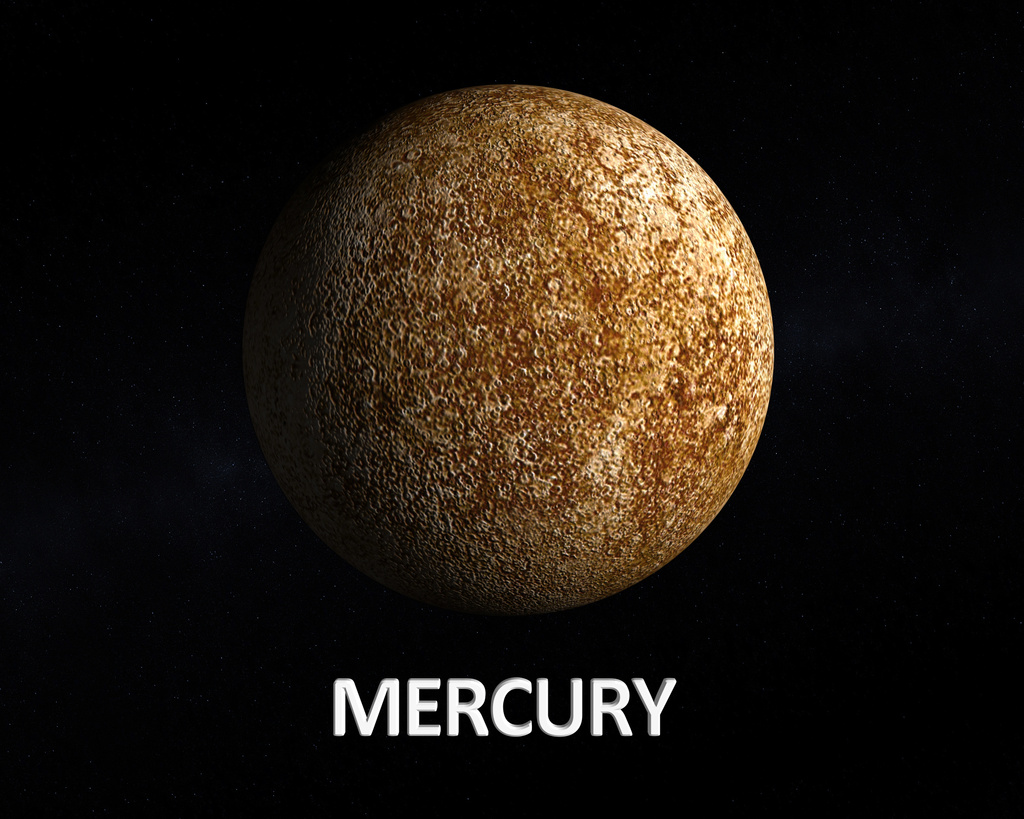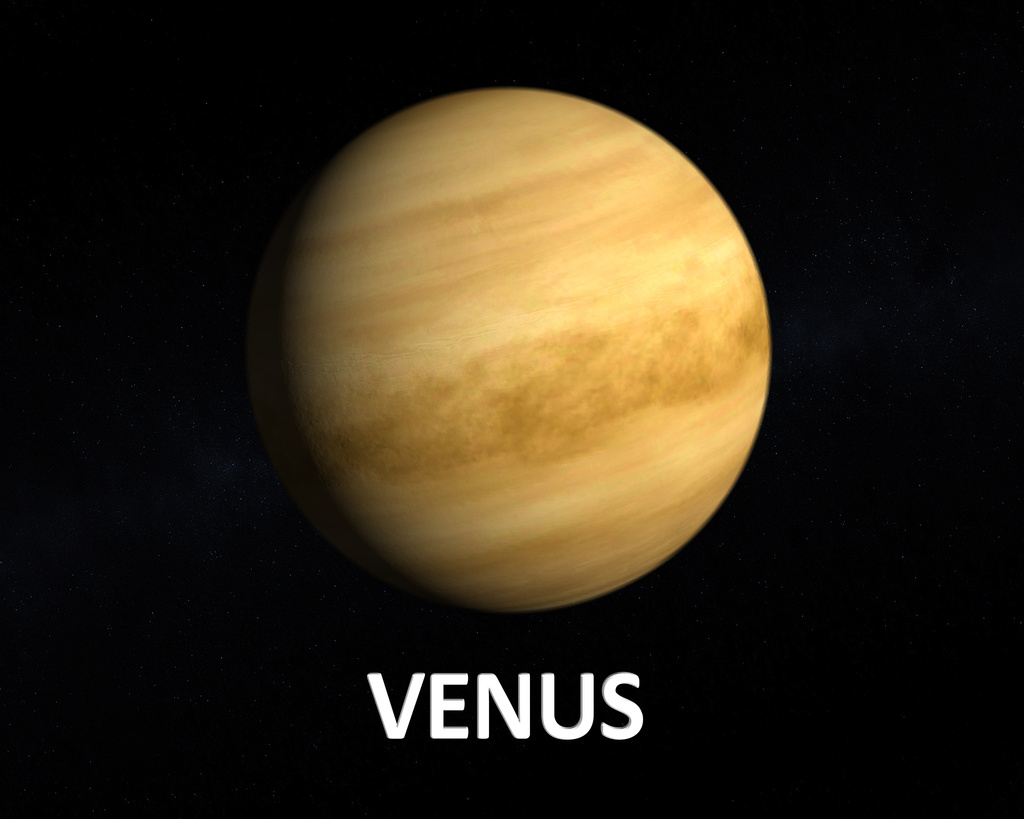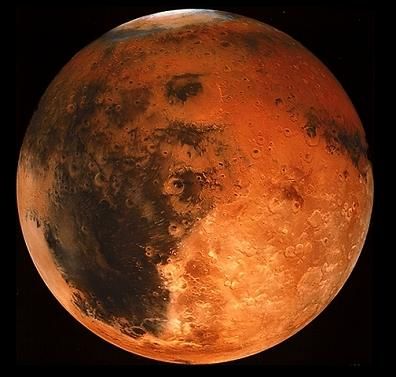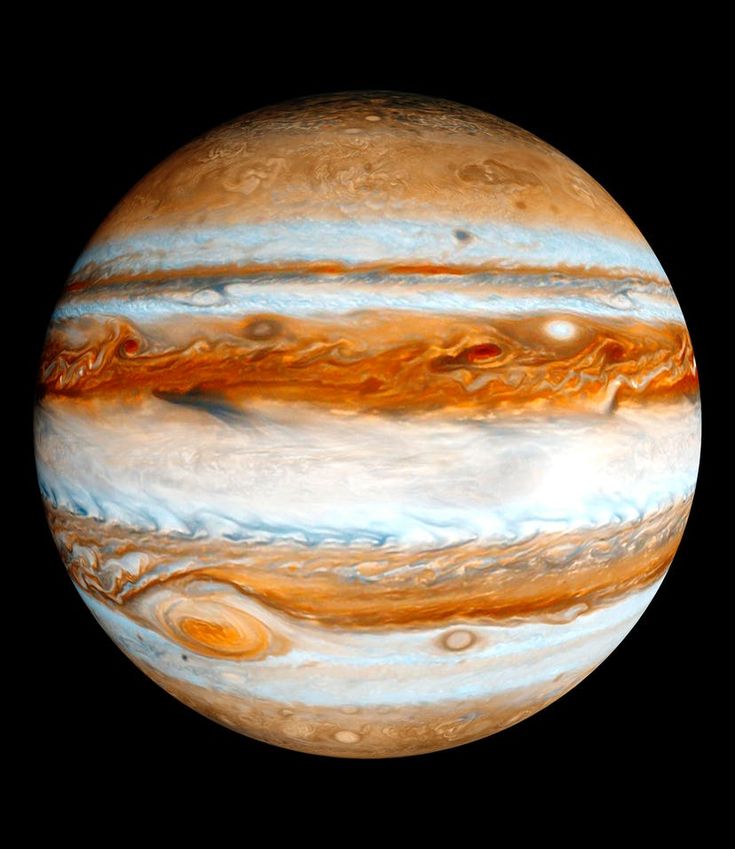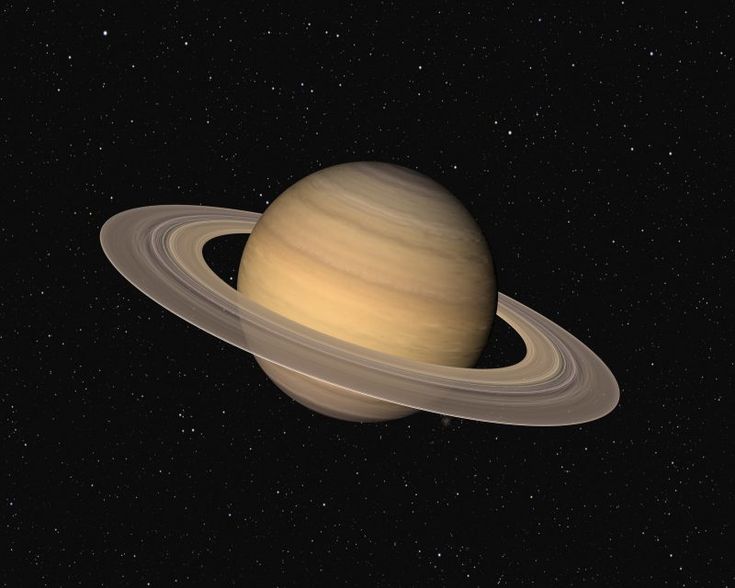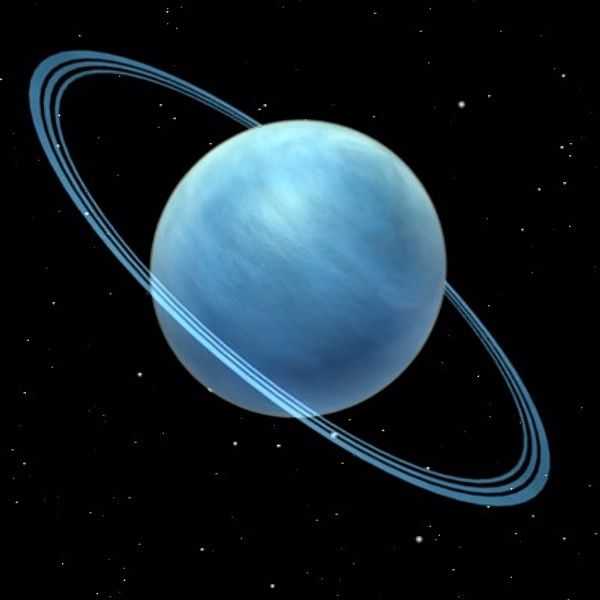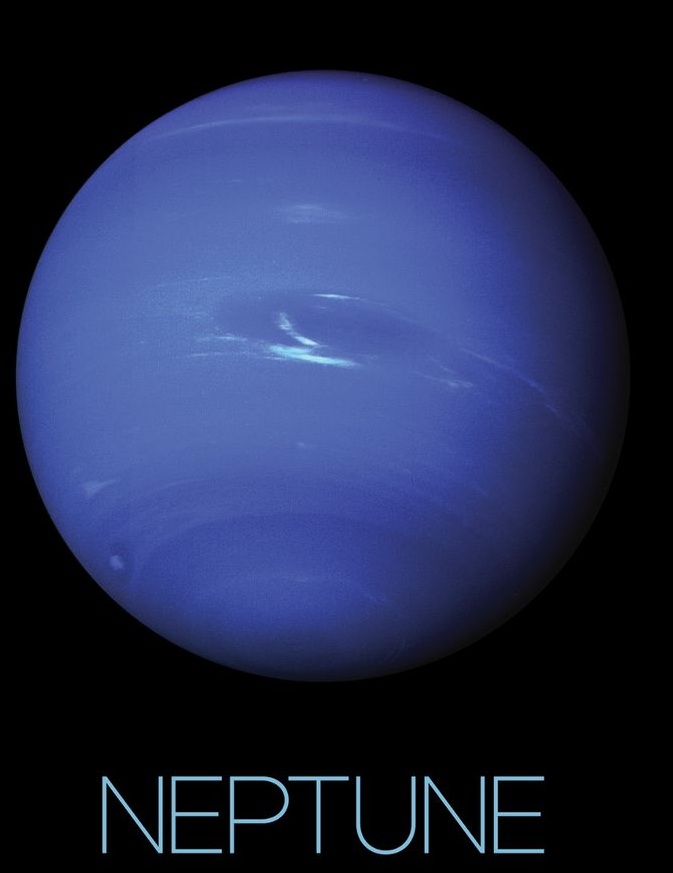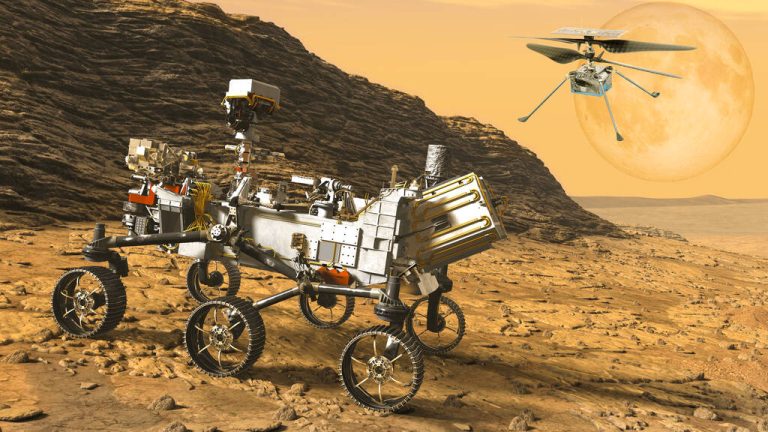NASA Achieves Laser Communication with Mars at Record Distance
NASA’s Deep Space Optical Communications (DSOC) technology has successfully sent a laser signal to Mars, breaking records in laser communication technology. The achievement opens new avenues for high-speed data transmission in space exploration, proving that optical communications can outperform traditional radio systems.
Summary
- NASA’s DSOC technology sent a laser signal to the Psyche spacecraft, achieving a record distance of 290 million miles.
- This communication method uses near-infrared light, allowing for higher data transmission rates than radio waves.
- The technology demonstration reached a data rate of 267 megabits per second at a distance of 33 million miles.
- Ultra-high-definition video and various artworks were successfully transmitted as part of the demonstration.
- Over 11 terabits of data have been downlinked during the initial phase of the DSOC.
- The technology aims to support future human missions to Mars and beyond by facilitating high-speed communication.
- The project is a collaboration between NASA, MIT Lincoln Laboratory, and several other partners, showcasing advancements in space communication technology.
- DSOC is part of a broader initiative to explore and enhance optical communication systems for deep space missions.
- The project began with the launch of the Psyche spacecraft on October 13, 2023.
- The technology is crucial for sending complex scientific data and high-definition imagery to Earth.
- DSOC includes a flight laser transceiver and two ground stations, utilizing the Hale Telescope for data reception.
- The demonstration has confirmed that laser communications can be robust and transformative for solar system exploration.
- Future operations are scheduled, including powering up the flight laser transceiver on November 4.
- NASA aims to operate the DSOC at its full design capabilities in the coming phases of the project.
Introduction
In a remarkable achievement, NASA’s Deep Space Optical Communications (DSOC) technology has successfully sent a laser signal to the Psyche spacecraft, reaching a record distance of 290 million miles (460 million kilometers). This groundbreaking development not only showcases NASA’s commitment to advancing space communication technology but also paves the way for future exploration missions, particularly to Mars. The DSOC demonstration highlights the potential of laser communication to enhance data transmission rates significantly compared to traditional radio frequencies.
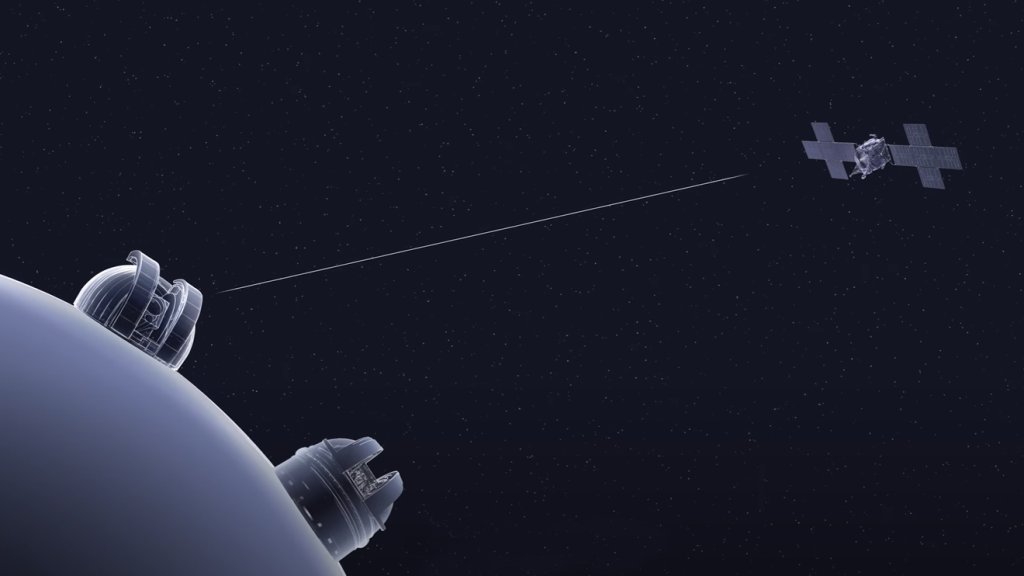
Overview of Deep Space Optical Communications
NASA’s Deep Space Optical Communications is a technology demonstration that utilizes lasers for high-speed communication between spacecraft and Earth. The system consists of a flight laser transceiver aboard the Psyche spacecraft and two ground stations. The technology aims to provide faster data transmission rates, allowing for complex scientific data and high-definition imagery to be sent back to Earth.
Key Components of DSOC
- Flight Laser Transceiver: Located on the Psyche spacecraft, this device transmits and receives laser signals.
- Ground Stations:
- Hale Telescope: Acts as the downlink station, receiving data sent from deep space.
- Optical Communications Telescope Laboratory: Functions as the uplink station, capable of transmitting high-power laser signals to the spacecraft.
On July 29, 2024, the DSOC technology achieved a significant milestone by sending a laser signal to the Psyche spacecraft at a record distance of 290 million miles. According to Meera Srinivasan, the project’s operations lead at NASA’s Jet Propulsion Laboratory (JPL), this achievement is significant due to the high precision required for laser communication. Srinivasan noted, “Laser communication requires a very high level of precision, and before we launched with Psyche, we didn’t know how much performance degradation we would see at our farthest distances.”

The DSOC technology demonstrated its ability to transmit data at impressive rates. For instance, when the Psyche spacecraft was approximately 33 million miles (53 million kilometers) away, the system achieved a maximum data rate of 267 megabits per second. This rate is comparable to standard broadband internet speeds, showcasing the potential for high-speed data transfer even at vast distances.
| Distance from Earth (miles) | Data Rate Achieved (Mbps) |
|---|---|
| 33 million | 267 |
| 240 million | 6.25 |
| 290 million | Not applicable (signal sent) |
As part of the DSOC demonstration, NASA successfully transmitted various unique data sets, including artwork and high-definition video. For instance, a 45-second ultra-high-definition video featuring scenes from Earth and space was transmitted when the Psyche spacecraft was 240 million miles away. This marked a historic first for laser communication, showcasing its capability to handle complex data types.
The goal of the DSOC technology is to prove that it can reliably transmit data at higher speeds than traditional radio frequency systems. During the initial phase of the demonstration, a total of 11 terabits of data were downlinked from the Psyche spacecraft. The successful transmission of data confirms the efficiency and reliability of the DSOC system, which can play a crucial role in future space missions.

Future Operations and Developments
The DSOC technology demonstration is not finished yet. The flight transceiver is scheduled to be powered down and will be activated again on November 4, 2024. This upcoming operation aims to test the flight hardware’s functionality and verify that it can operate for at least a year. Ken Andrews, project flight operations lead at JPL, stated, “Once that’s achieved, we can look forward to operating the transceiver at its full design capabilities during our post-conjunction phase that starts later in the year.”
The successful demonstration of laser communication systems has far-reaching implications for future space exploration. As NASA prepares for human missions to Mars and beyond, high-speed data transmission will be essential for sending complex scientific information and high-definition imagery back to Earth. The DSOC technology is poised to become a cornerstone of future space communication strategies, providing faster and more reliable connections between spacecraft and mission control.
NASA’s achievement with the Deep Space Optical Communications technology demonstrates a significant leap forward in space communication capabilities. By breaking records for laser communication and successfully transmitting vast amounts of data, NASA is paving the way for future exploration missions. As the agency continues to develop and enhance this technology, the possibilities for high-speed communication in space become increasingly promising.

